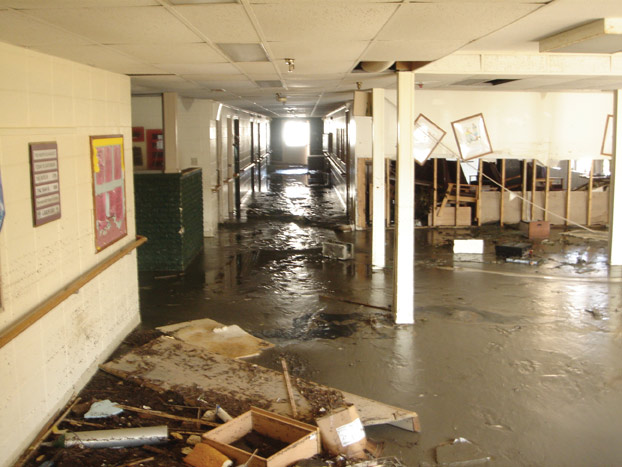Certain general measures should be followed by all providers in order to sustain operations during emergencies. The American Health Care Association/National Center for Assisted Living/Florida Health Care Association Disaster Planning Guide says these fundamental steps are:
- Actively participate on local emergency operations committees and interact with emergency management directors, fire departments, police and rescue units, the Red Cross and Salvation Army, the National Guard, the state health care administration agency, state health care association, Federal Emergency Management Agency, and utility service providers.
- Prepare, confirm, and exercise agreements for the emergency transfer of shelter, bed space, food, water, transportation, medical supplies and equipment, and other responsibilities.
- Complete a facility plan, with the expectation that the plan will be review
 ed and updated annually.
ed and updated annually.
- Distribute the plan to emergency/disaster agencies in the community. These agencies should be asked to critique the plan before obtaining approval through the county Emergency Operations Center (EOC) annually. The state health care administration agency does not approve a plan per se, but may check to see that the plan gained approval from the local EOC. A copy of the letter indicating that a facility’s disaster plan has been reviewed and approved should be in the front of the disaster manual at all times.
- Familiarize and train staff as part of the orientation process. Continue disaster training and education on an annual basis.
- Keep copies of the facility disaster plan so that staff, residents, and families of residents can review. Post information regarding how to get a personal copy of the disaster plan, and consider adding to admission packets.
- Have a facility-specific emergency/disaster plan with detailed procedures for each department so that during a drill and disaster it can be provided to them with a disaster-specific job description.